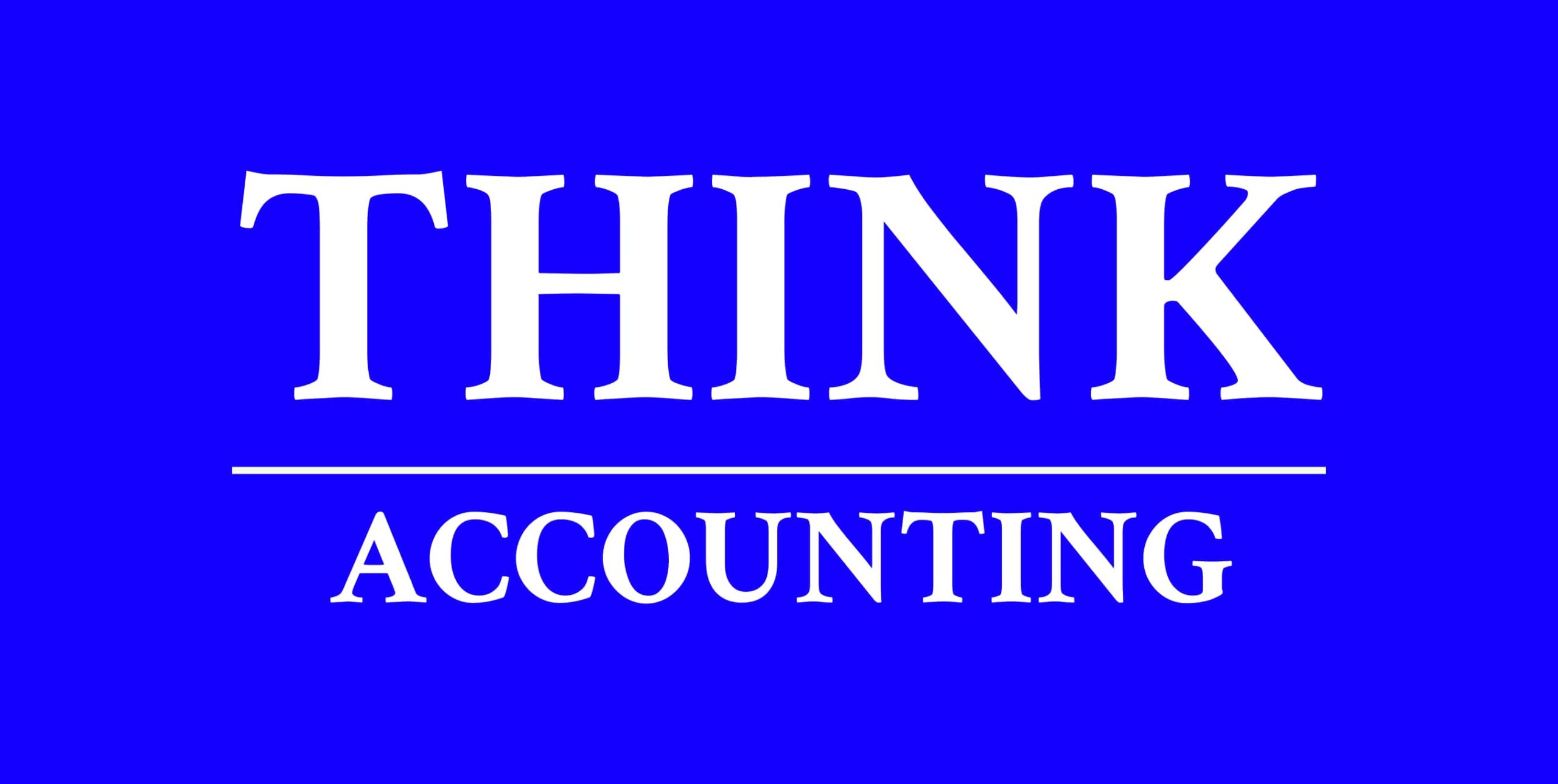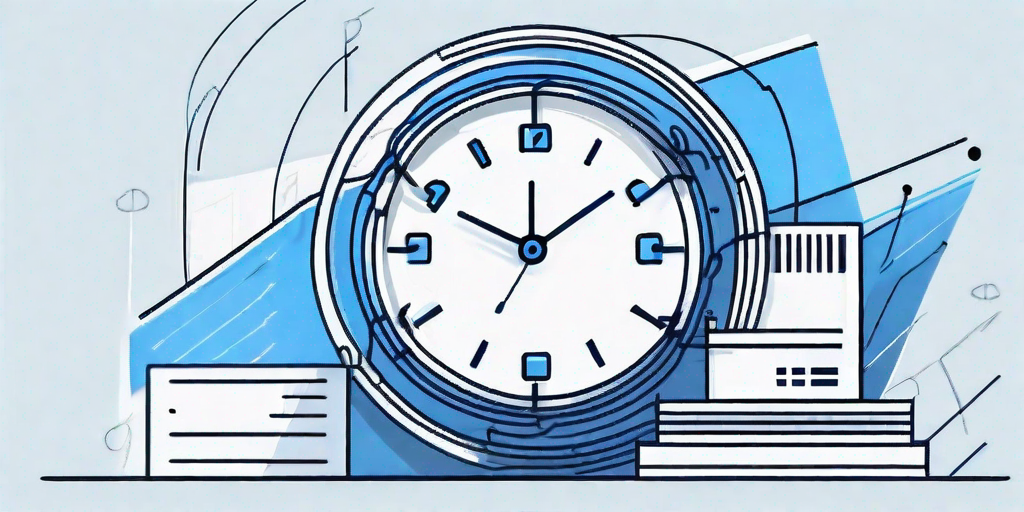Table of Content
Are you tired of chasing after clients for payment? Feeling like a collections agent instead of a freelancer? Well, fret no more! In this ultimate guide, we will take you through the art and science of invoicing, ensuring that you get paid on time, every time.
The Art of Invoicing: A Step-by-Step Guide
They say that building strong client relationships is the key to a successful business. But did you know that it can also impact your invoicing process? Yes, it's true! When your clients feel valued and appreciated, they are more likely to pay you promptly. So, how can you achieve that? Let's find out.
Building Strong Client Relationships for Successful Invoicing
First and foremost, communication is key. Keep the lines of communication open and be proactive in addressing any concerns or questions your clients may have. This will not only build trust but also set the stage for seamless invoicing.
Next, understanding your client's payment preferences is crucial. Do they prefer traditional methods like checks or are they more inclined towards online payments? By catering to their preferences, you make it easier for them to pay you.
Now, let's talk about crafting clear and effective payment terms. Lay out your expectations upfront. Be transparent about due dates, late fees, and any other relevant information. The more clarity you provide, the less room there is for misunderstandings.
Understanding Payment Preferences for Seamless Transactions
When it comes to invoicing, knowing who to contact in the accounting department is half the battle won. Take the time to build relationships with the key contacts who handle payments. This way, your invoices won't get lost in the abyss.
Another aspect of invoicing that often gets overlooked is the design of your invoices. Don't be shy to show off your creativity! Design professional-looking invoices that make your clients go "wow." Trust us, it makes a difference.
But wait, there's more! Mastering invoicing etiquette is vital for professionalism. Follow up on unpaid invoices without being pushy and offer assistance if needed. Your clients will appreciate your polite reminders and promptness.
Designing Professional Invoices That Impress
Now, let's talk about organization. Keeping your invoices organized is crucial for easy access and record-keeping. Use tools like invoicing software or spreadsheets to stay on top of your invoicing game. Trust us, it's worth it!
As much as we hate to admit it, sometimes clients forget to pay. But fear not! We have a solution for that too. Learn how to navigate the delicate balance between ensuring timely payments and dealing with late payments. Implementing late fees can be a game-changer!
Finally, expressing gratitude goes a long way. Thank your clients for their prompt payment. A simple "thank you" can strengthen your relationship and leave a lasting impression. Plus, it's just good manners!
Organizing Invoices for Easy Access and Record-Keeping
Phew! That was a lot of information, but we're not done yet. Let's demystify invoices and get into the nitty-gritty details. What exactly is an invoice, you ask? Well, we've got all the answers for you.
An invoice is a document that serves as a formal request for payment. It outlines the details of the products or services provided, along with the agreed-upon price. Invoices are essential for maintaining accurate financial records and ensuring timely payment from clients.
But what should an invoice include? Here are some key elements:
- Invoice number: Each invoice should have a unique identifier for easy tracking.
- Invoice date: The date when the invoice is issued.
- Due date: The deadline for payment.
- Client information: The name, address, and contact details of the client.
- Itemized list: A detailed breakdown of the products or services provided, including quantities and prices.
- Total amount due: The grand total that the client needs to pay.
- Payment instructions: Clear instructions on how the client can make the payment, including acceptable payment methods.
Additionally, it's a good practice to include your business logo and contact information on the invoice. This helps in branding and makes it easier for clients to reach out to you if they have any questions or concerns.
Now that you have a better understanding of what an invoice is and what it should include, you're ready to create professional and effective invoices that impress your clients. Remember, the art of invoicing goes beyond just sending a bill. It's about building relationships, understanding payment preferences, designing visually appealing invoices, and staying organized. Master these aspects, and you'll be well on your way to successful invoicing!
Demystifying Invoices: What You Need to Know
An invoice is a formal document that outlines the goods or services provided, along with their respective costs. It serves as a demand for payment and acts as a legal record of the transaction.
Now, let's explore the versatility of invoices. They are not just for freelancers or small businesses. Invoices play a crucial role in various industries and can be used for a multitude of purposes.
In the world of retail, invoices are essential for tracking inventory and managing sales. They provide a detailed breakdown of each product sold, including its quantity, price, and any applicable taxes. This information helps businesses keep track of their stock levels and analyze their sales performance.
For manufacturers, invoices serve as a vital tool for managing the supply chain. They document the purchase of raw materials and components, ensuring that all necessary items are accounted for in the production process. Invoices also help manufacturers track their expenses and calculate the cost of goods sold.
In the service industry, invoices are crucial for billing clients and keeping track of payments. Whether you're a consultant, a lawyer, or a graphic designer, sending an invoice ensures that you get paid for your hard work. It provides a clear breakdown of the services rendered, the hours worked, and the agreed-upon rate.
But invoices aren't just limited to traditional businesses. They also play a significant role in the world of e-commerce. Online retailers rely on invoices to provide customers with a summary of their purchase, including shipping details and any applicable discounts. Invoices in e-commerce also help businesses manage returns and refunds, ensuring a smooth and transparent customer experience.
Furthermore, invoices can be customized to meet specific industry requirements. For example, in the construction industry, invoices often include additional details such as project milestones, progress payments, and any change orders. These specialized invoices help contractors and subcontractors track the financial aspects of complex construction projects.
It's important to note that invoices are not just a means of requesting payment. They also serve as a communication tool between businesses and their clients. Invoices can include personalized messages, terms and conditions, and even marketing materials. This allows businesses to reinforce their brand identity and build stronger relationships with their customers.
In conclusion, invoices are much more than just a piece of paper or an electronic document. They are a fundamental part of business operations across various industries. From tracking inventory to billing clients, invoices play a crucial role in managing finances and maintaining transparent transactions. So, the next time you receive or create an invoice, remember its significance and the valuable information it provides.
The Versatility of Invoices: Their Many Uses
Invoices are not just for getting paid. They can also be used for tracking expenses, managing inventory, and even as a marketing tool. Talk about multitasking! So, don't underestimate the power of a well-crafted invoice.
When it comes to tracking expenses, invoices play a crucial role. By including detailed information about the products or services provided, along with their corresponding costs, invoices provide a clear breakdown of expenses. This makes it easier for businesses to keep track of their spending and identify areas where they can cut costs or optimize their budget. Moreover, invoices can also serve as a reference for tax purposes, ensuring that businesses have accurate records of their expenditures.
Managing inventory is another area where invoices prove to be invaluable. By including product descriptions, quantities, and prices, invoices help businesses keep track of their stock levels. This information allows them to monitor their inventory and make informed decisions about restocking or discontinuing certain products. Additionally, invoices can provide insights into customer preferences by highlighting which products are selling well and which ones are not. This data can be used to adjust inventory levels and optimize product offerings.
But wait, there's more! Invoices can also be used as a marketing tool. By incorporating your company's branding elements, such as logos, colors, and fonts, into your invoices, you can create a cohesive and professional image. This not only enhances brand recognition but also leaves a lasting impression on your customers. Furthermore, invoices can be an opportunity to upsell or cross-sell additional products or services. By including personalized recommendations based on the customer's previous purchases, you can increase the chances of generating additional revenue.
It's important to note that the versatility of invoices extends beyond their traditional paper form. With the advent of digital invoicing, businesses can now enjoy added convenience and efficiency. Electronic invoices can be easily generated, sent, and stored, saving businesses time and resources. They can also be integrated with accounting software, making it easier to manage and analyze financial data. Additionally, digital invoices can be customized with interactive features, such as clickable links or embedded videos, to provide a more engaging and interactive experience for customers.
In conclusion, invoices are not just a means to get paid. They are powerful tools that can be used for tracking expenses, managing inventory, and even as a marketing tool. By harnessing the versatility of invoices, businesses can streamline their operations, improve their financial management, and enhance their brand image. So, the next time you send out an invoice, remember its potential and make the most out of it!
Wrapping Up: The Importance of Effective Invoicing
Effective invoicing is not just about the money; it's about establishing a professional image and ensuring a smooth business operation. So, don't let invoicing be an afterthought. Take it seriously, and reap the benefits.
As we conclude our ultimate guide, we hope you have gained valuable insights into the art of invoicing. Remember, building strong client relationships, understanding payment preferences, crafting clear payment terms, and navigating accounting teams are just a few steps towards getting paid on time.
Answers to Common Questions About Sending Invoices
Before we bid you adieu, let's address some common questions you might have about sending invoices. We don't want you to be left scratching your head, wondering how to proceed.
Invoicing Without a Contract: Is It Possible?
Absolutely! While having a contract provides legal protection, you can still send invoices for work done without one. Just make sure your invoice includes all the essential details and clearly outlines your payment terms.
So, there you have it. The ultimate guide to invoicing clients. Follow these step-by-step instructions, and you'll be well on your way to getting paid on time. Happy invoicing!
I'm Simon, your not-so-typical finance guy with a knack for numbers and a love for a good spreadsheet. Being in the finance world for over two decades, I've seen it all - from the highs of bull markets to the 'oh no!' moments of financial crashes. But here's the twist: I believe finance should be fun (yes, you read that right, fun!).
As a dad, I've mastered the art of explaining complex things, like why the sky is blue or why budgeting is cool, in ways that even a five-year-old would get (or at least pretend to). I bring this same approach to THINK, where I break down financial jargon into something you can actually enjoy reading - and maybe even laugh at!
So, whether you're trying to navigate the world of investments or just figure out how to make an Excel budget that doesn’t make you snooze, I’m here to guide you with practical advice, sprinkled with dad jokes and a healthy dose of real-world experience. Let's make finance fun together!


